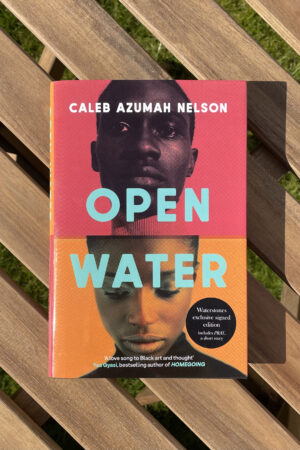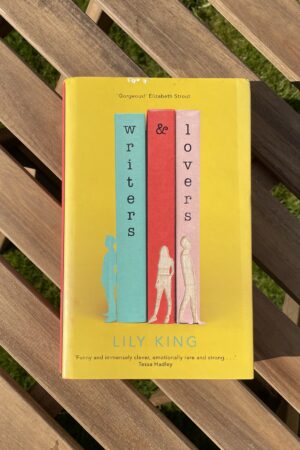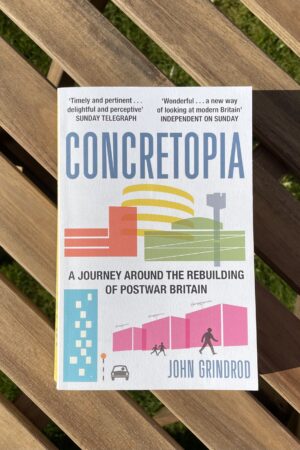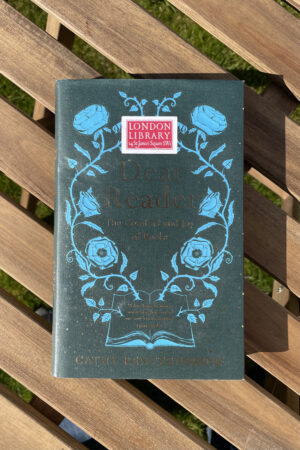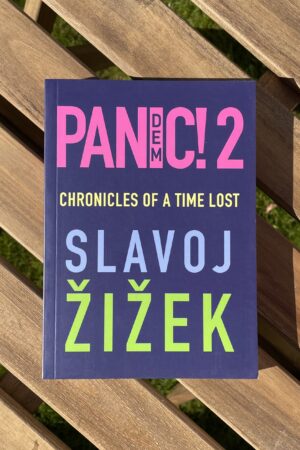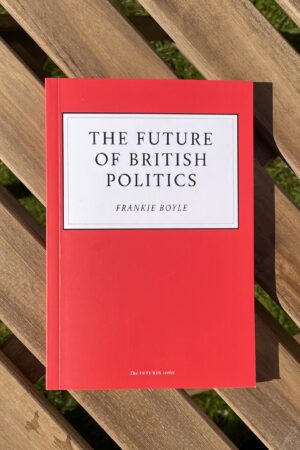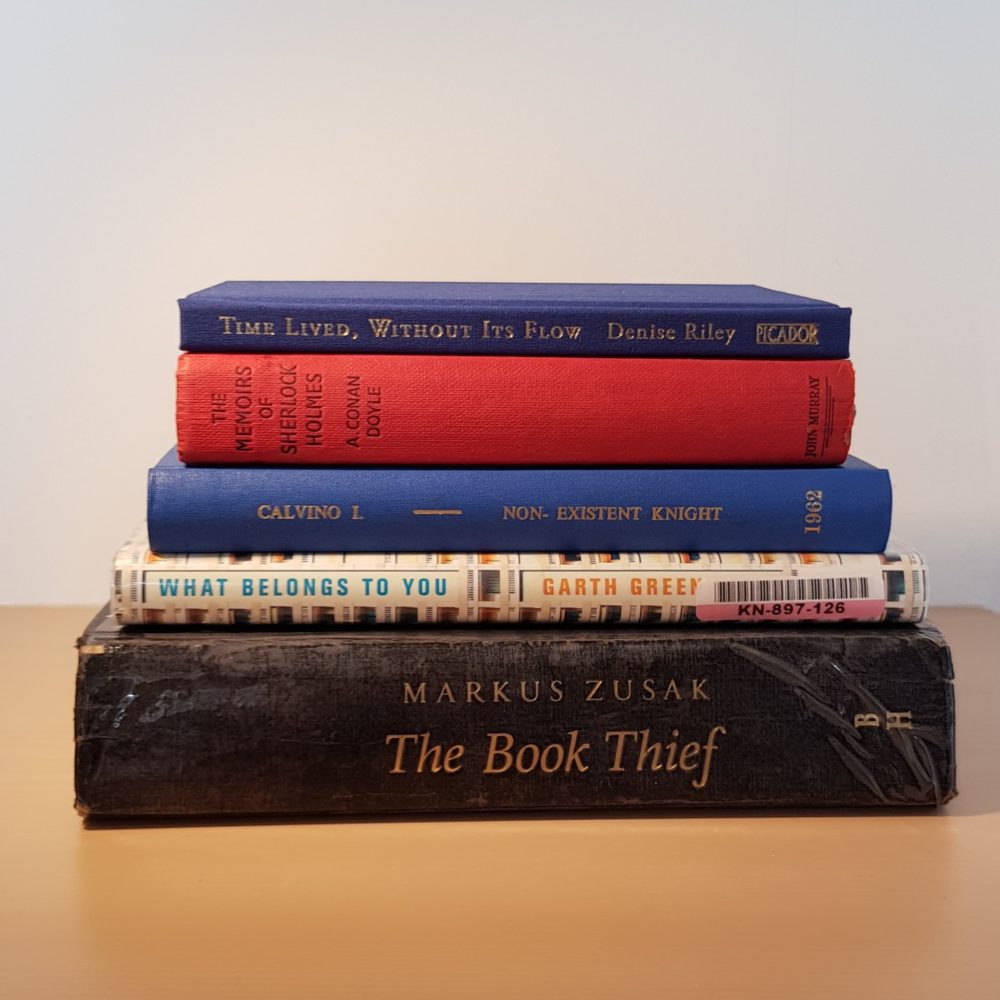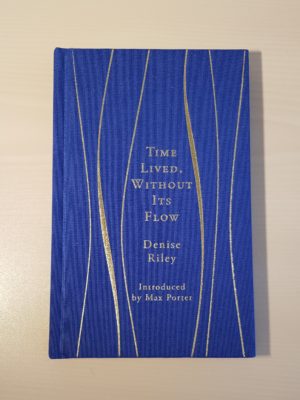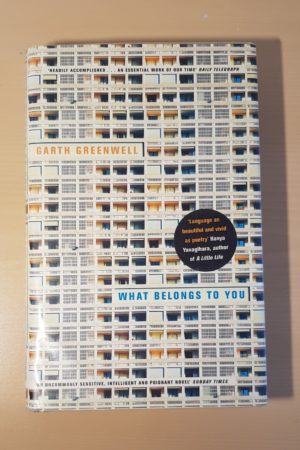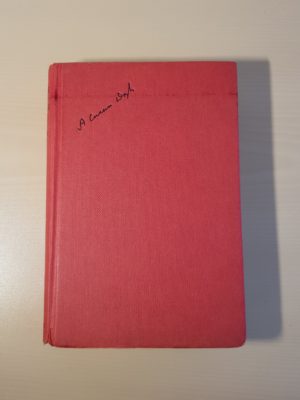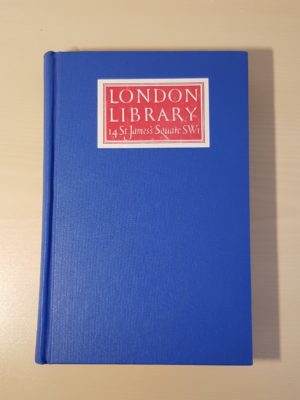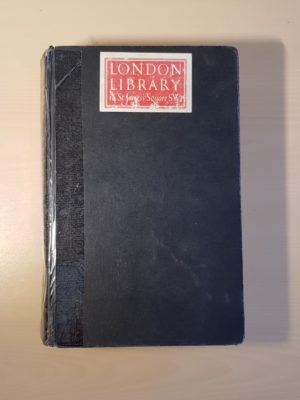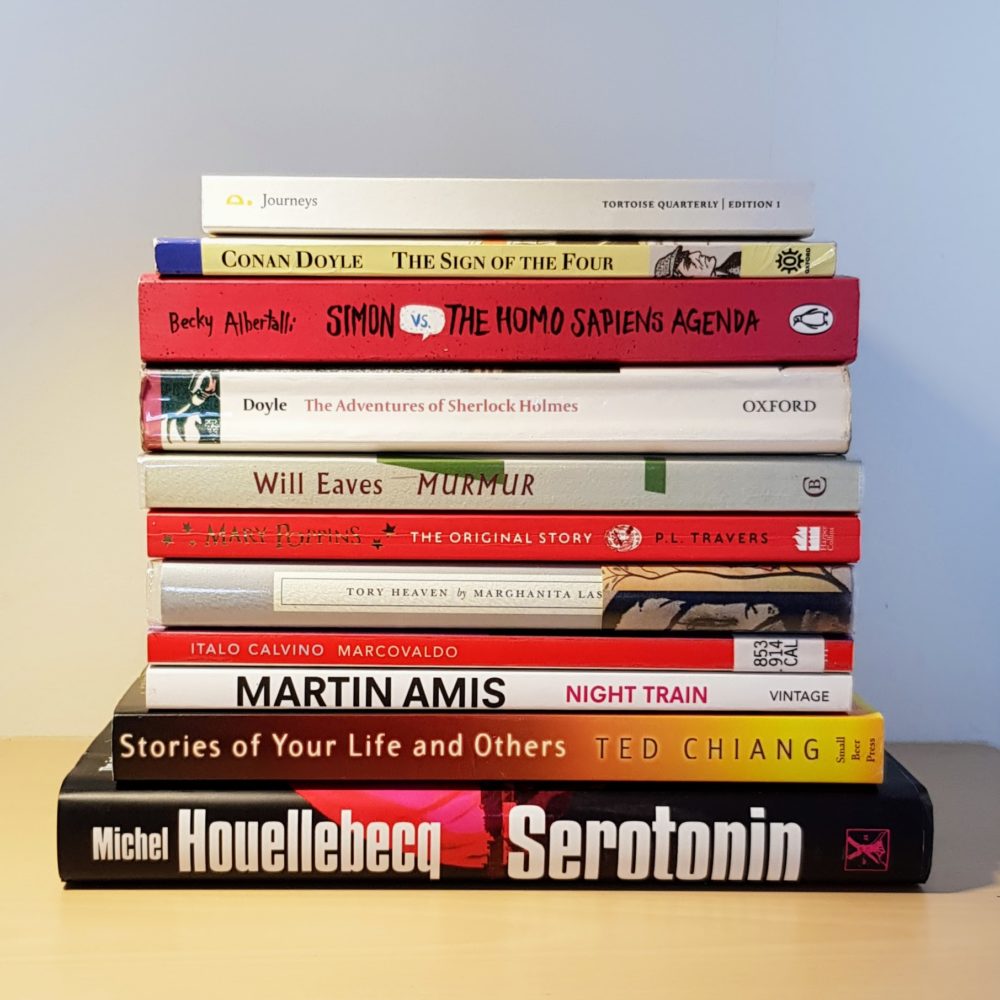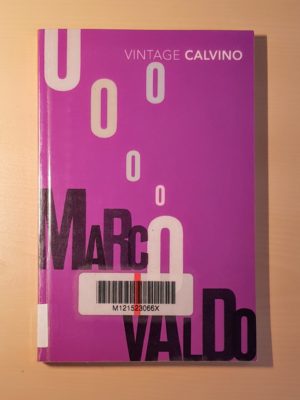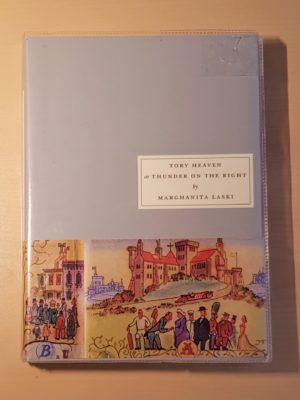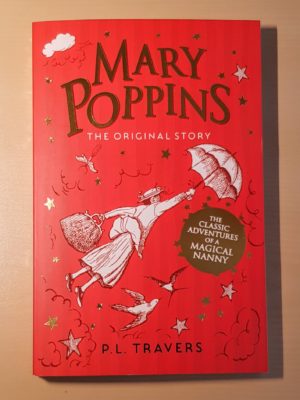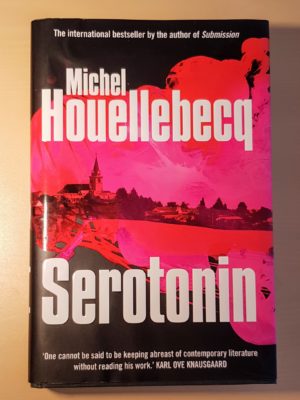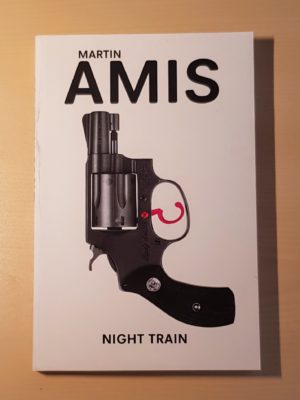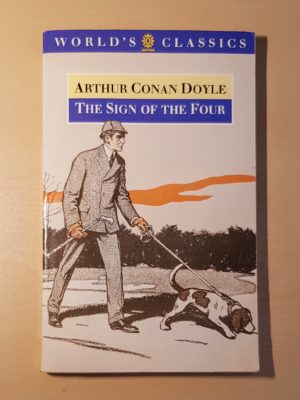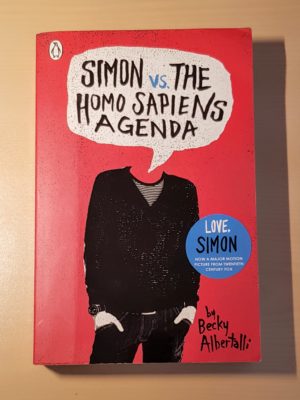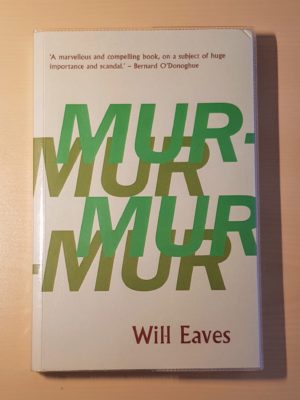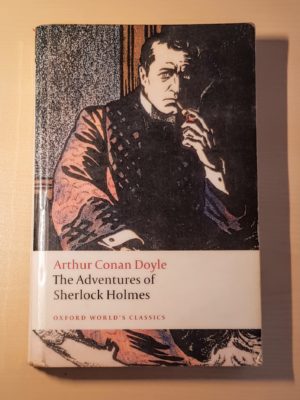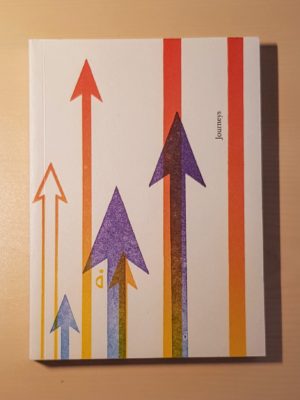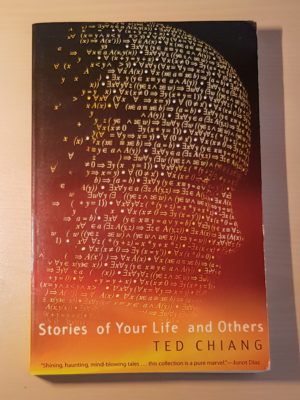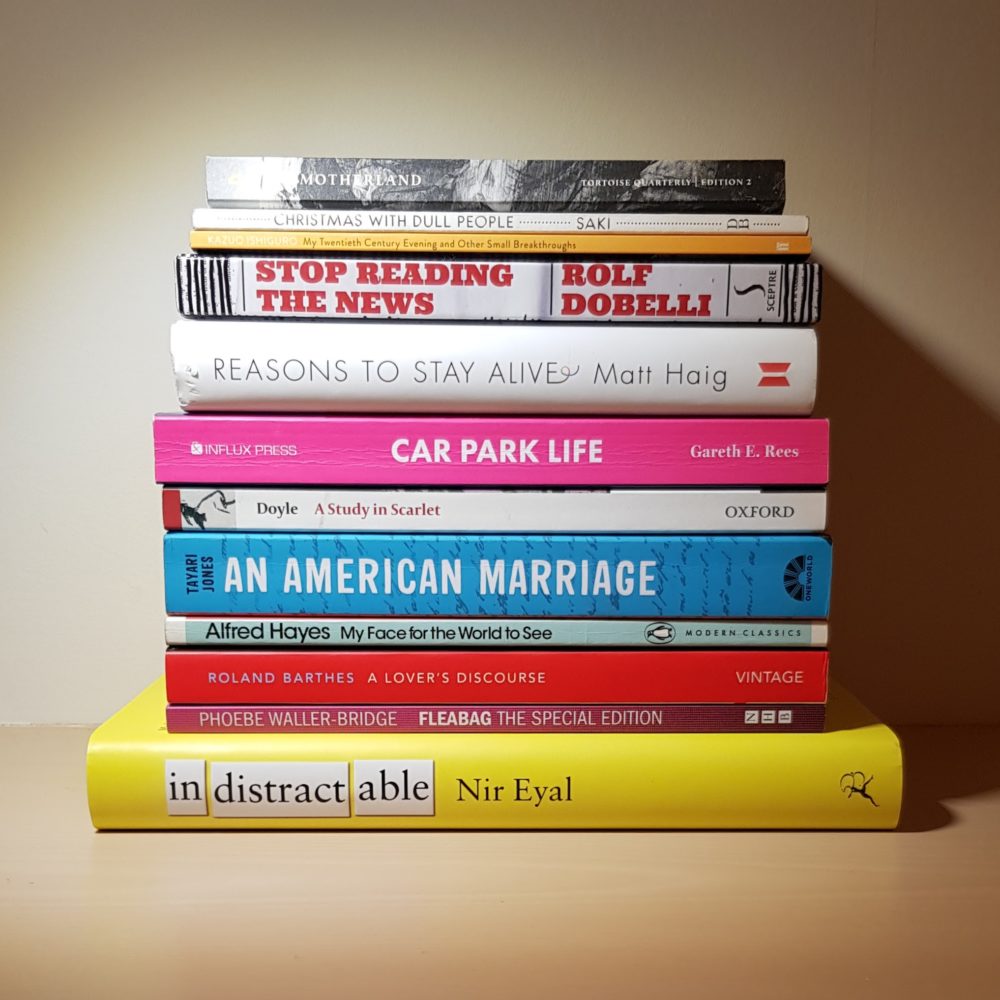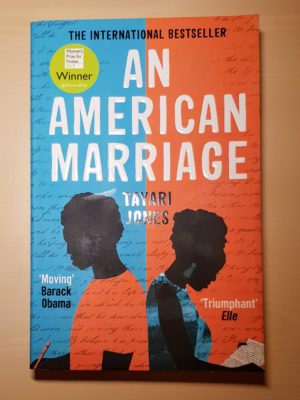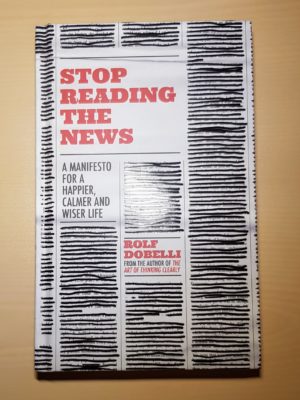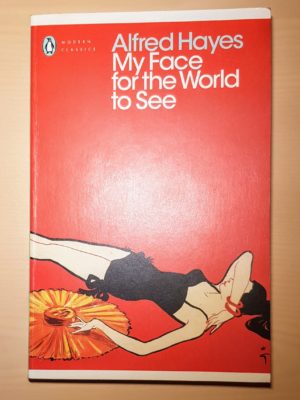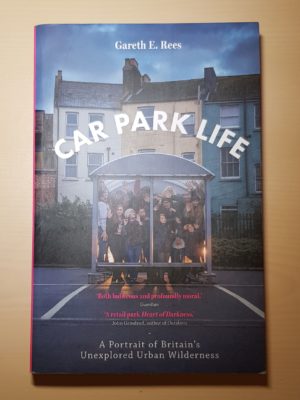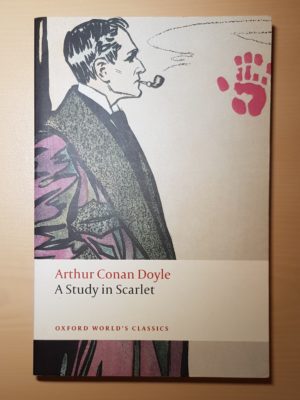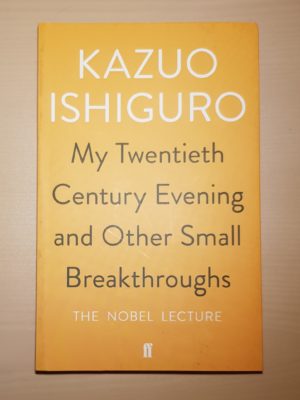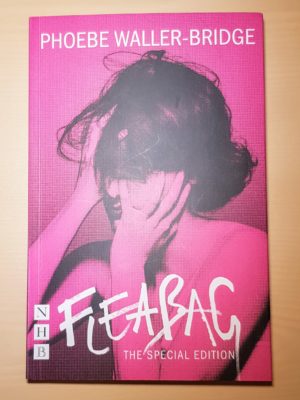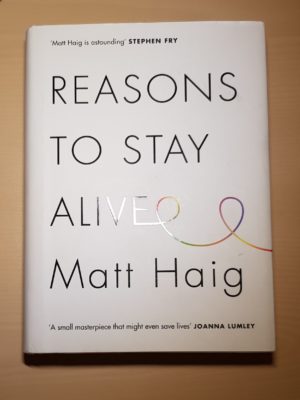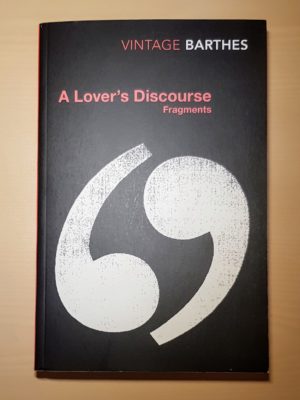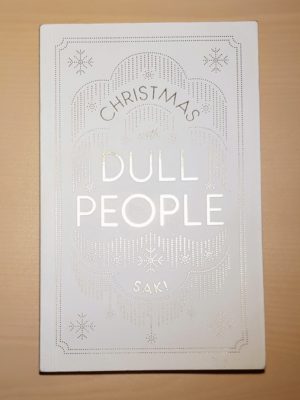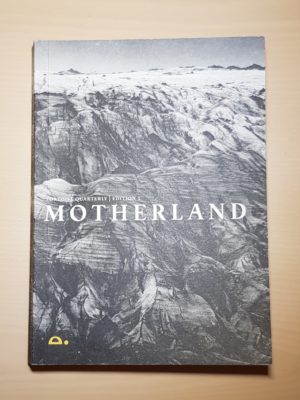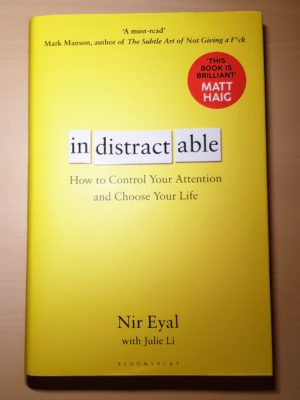What I’ve been reading this month
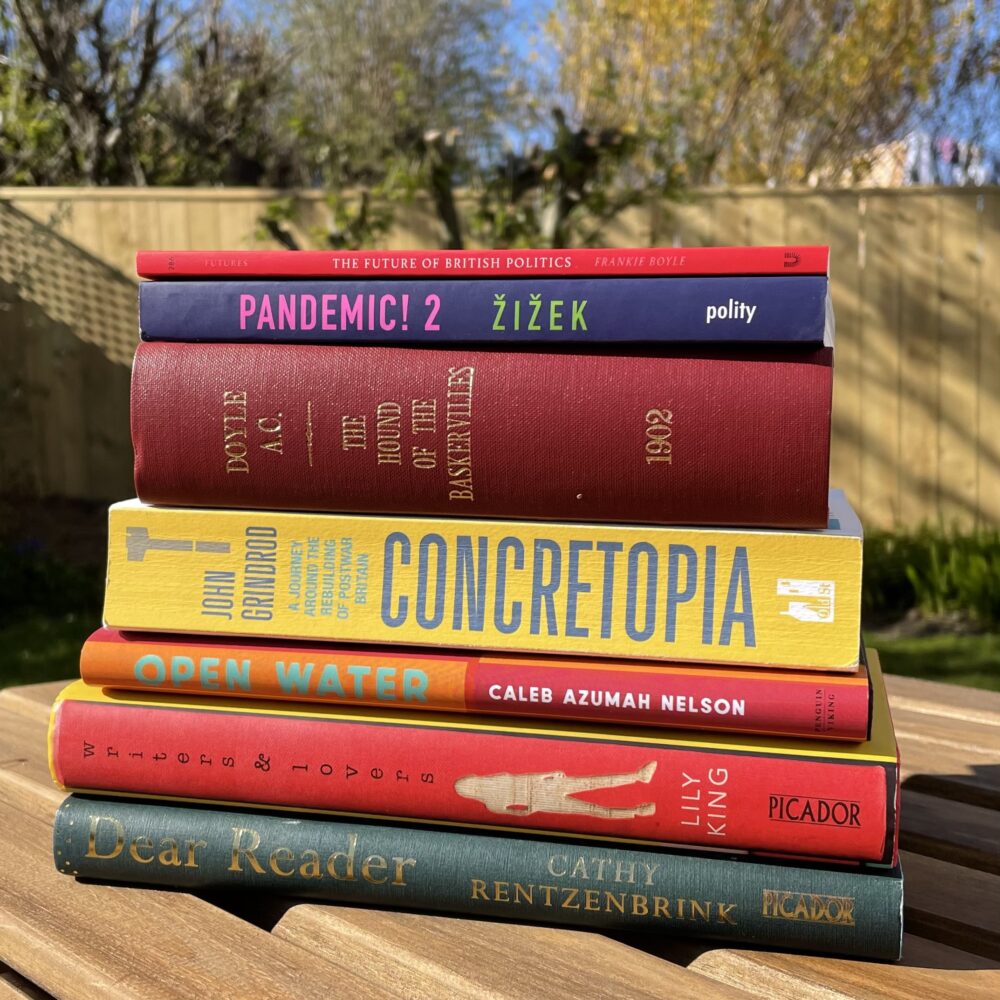
Here’s what I’ve been reading in April.
Open Water by Caleb Azumah Nelson
“You two are in something. I don’t know what it is, but you guys are in something. Some people call it a relationship, some call it a friendship, some call it love, but you two, you two are in something.”
It’s rare to find a book that grabs hold of you from the first page and just doesn’t let go. Yet the exquisite, intense, poetic writing of Caleb Azumah Nelson’s first novel, published only a few weeks ago, does exactly that. It’s hard to believe that it is only 145 pages long.
The plot, narrated in the second person, centres on two young Black British artists, one a photographer and one a dancer, trying to find their way through London and through life, while falling in love: real love, strong and fragile, comforting and tormenting, easy and hard.
This was stunning, in every sense of that word.
Writers & Lovers by Lily King
I can’t remember what made me pick up this 2020 novel by Lily King, and I initially found it slightly hard to get into. But I ended up enjoying it.
Set in the US in 1997, the protagonist is a woman, Casey, in her early thirties who works at a restaurant while trying to find her way as a novelist. She is also dealing with the grief associated with her mother’s recent death. She begins to date two men, both also writers, and tries to decide which she wishes to enter a longer term relationship with.
I enjoyed this for its light discussion of the process of writing, and also enjoyed the development of the protagonist over the course of the novel. The relationships were well-written and closely observed.
The ending of the book felt tonally different to the rest of the novel, and it left me feeling a little disappointed. I suppose this means this is a rare example of a book where I enjoyed the middle but didn’t especially enjoy the beginning or the end!
Concretopia by John Grindrod
Published in 2013, and on my to-read list for some considerable time, this is John Grindrod’s tour of post-modern British architecture. Grindrod’s evidently abundant enthusiasm for the topic shines through, and carries interesting but detailed discussions of topics that might seem superficially rather dry—approaches to town planning and battles with Local Authorities, for example!
I was slow to read this book as it often had me hurrying off to search the web for some of the developments discussed. That was partly because Grindrod’s introductions interested me, but also partly because in the paperback edition I have the pictures are a little small and sometimes hard to make out.
Nevertheless, I thoroughly enjoyed this, learning more about developments that I’m somewhat familiar with, and plenty that were new to me.
Dear Reader by Cathy Rentzenbrink
Published last year, this is Cathy Rentzenbrink’s book which reflects on the effect books have had on her own life, as a reader, bookseller and writer. It includes a great many recommendations of books she has enjoyed.
This was short enough to read through in a day. I found it surprisingly heartwarming: the premise seemed a little off-putting—I often find that people who define themselves as “readers” are not particularly good or engaging writer—but the book came on recommendation, and I enjoyed it. The insights into bookselling were particularly fun.
The Hound of the Baskervilles by Arthur Conan Doyle
My read-through of all the Sherlock Holmes stories has reached The Hound of the Baskervilles, first serialised in 1901-2–and I was fortunate enough to read this 1902 edition courtesy of The London Library. This is the third novel in the series, coming after two volumes of short stories.
I note that in my review a year ago of the previous book in the series (The Memoirs of Sherlock Holmes) I commented that I was looking forward to getting engrossed in a proper full-length novel again, but I’m afraid this left me disappointed. The plot seemed absurdly far-fetched and there seemed to me to be very little new characterisation.
I know many people love this book, but I didn’t particularly enjoy it. Given that none of the volumes so far have bowled me over, I think perhaps that my plan to read all the volumes might have been a little hasty.
Pandemic 2 by Slavoj Žižek
I picked this up because I enjoyed the first volume a few weeks ago. Like that, this book consists of Žižek writing angry philosophical reflections on the pandemic.
Despite the similar premise, I enjoyed this volume much less than the first. This volume is much longer than the first, and doesn’t have the same sense of capturing a moment: the first was published just as the pandemic was taking hold and the first lockdowns in Europe were being implemented. This second volume tries to take a longer view about “time lost” but isn’t very successful as it was published last autumn, which we now know to really have been in the ‘middle’ of the pandemic rather than at the end. It isn’t helped by large passages on why Trump will win re-election.
Žižek also goes much deeper into pop culture references in this volume: I know that’s his usual style, but my pop culture knowledge is a little lacking, so much of it went over my head. I preferred the lighter touch of the first volume.
I still think that the first short volume was fun and worth reading, but I’d advise skipping this second one.
The Future of British Politics by Frankie Boyle
This is the last book I’ve read in Tortoise Media’s 2020 FUTURES series, and for good reason: I didn’t think I’d be very interest in comedian Frankie Boyle’s view of The Future of British Politics. I wouldn’t have bought this had it not been part of the five-piece set.
It turned out to be a book which wasn’t really about the future of British politics at all, but a 59-page comedic essay about British politics as it currently is. Clearly, the Goodreads average score shows that this has brought a lot of joy to a lot of people, but this style of offence-as-humour just isn’t my cup of tea, and I took nothing from it.
This post was filed under: What I've Been Reading, Arthur Conan Doyle, Caleb Azumah Nelson, Cathy Rentzenbrink, Frankie Boyle, John Grindrod, Lily King, Slavoj Žižek.
